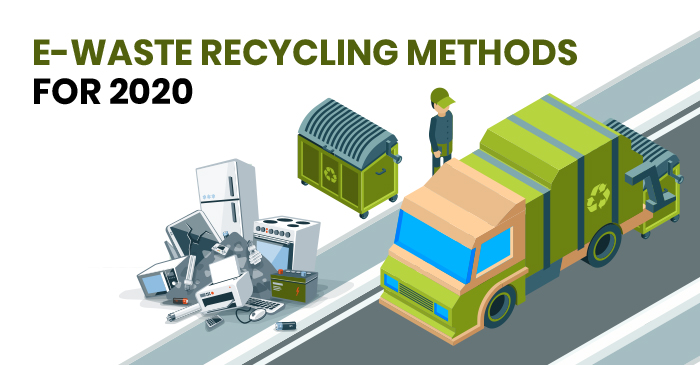Exactly How To Select The Right Dumpster Size For Your Project: A Comprehensive Guide
Exactly How To Select The Right Dumpster Size For Your Project: A Comprehensive Guide
Blog Article
Material Writer-Sparks Berger
When embarking on a project that calls for a dumpster, the dimension you choose can significantly influence its performance and cost-effectiveness. Imagine having the excellent container that accommodates all your waste without being exceedingly huge or also small. Everything begins with understanding the subtleties of your project and picking a dumpster dimension that aligns with your details needs. So, before you make a decision, think about the aspects at play to make certain a seamless waste management procedure from start to finish.
Variables to Think about
When choosing the appropriate dumpster dimension, there are numerous crucial aspects to consider.
First, think of the type of waste you'll be taking care of. Different materials might call for varying amounts of area, so recognizing what you'll be putting in the dumpster is critical.
Next off, examine the quantity of waste you expect to produce. If you undervalue the volume, you might need to make multiple journeys to throw away every little thing, which can be inconvenient and costly. On the other hand, renting a dumpster that's as well large can lead to unnecessary costs.
In addition, take into consideration the area where the dumpster will certainly be positioned. Ensure there's enough space for the dumpster to be provided and gotten without any obstructions.
Lastly, think about any weight limitations that may use. Surpassing the weight limit can result in additional charges or even the rejection of service.
Dumpster Dimension Choices
For selecting the appropriate dumpster size, it's essential to have a mutual understanding of the readily available choices. Dumpster sizes commonly vary from 10 to 40 cubic backyards, with variants in between.
A 10-yard dumpster appropriates for small projects like a garage cleanout or a little improvement. If you're dealing with a medium-sized task such as a cooking area remodel or a cellar cleanout, a 20-yard dumpster could be the best choice.
For bigger tasks like a whole-house remodelling or commercial building, a 30 or 40-yard dumpster could be preferable to fit the quantity of waste produced.
When choosing a dumpster dimension, take into consideration the quantity and kind of debris you expect to take care of. It's far better to choose a somewhat bigger size if you're unclear to avoid overfilling. Keep in mind, it's more cost-effective to rent out a dumpster that fits your demands instead of having to purchase an extra one.
Matching Size to Job
Optimally matching the dumpster size to your task is vital for reliable waste monitoring. To figure out the best size, consider the scope and nature of your job.
For little house cleanouts or improvements, a 10-yard dumpster might suffice. These are typically 12 feet long and can hold around 4 pickup tons of waste.
For larger tasks like redesigning several rooms or removing a huge estate, a 20-yard dumpster might be more suitable. These are around 22 feet long and can hold about 8 pickup loads.
If you're dealing with a significant construction project or commercial restoration, a 30-yard dumpster could be the very best fit. These dumpsters have to do with 22 feet long and can accommodate concerning 12 pickup loads of debris.
Matching the dumpster size to your task ensures you have enough room for all waste materials without paying too much for extra capability.
Verdict
In conclusion, selecting the appropriate dumpster size for your job is crucial for reliable garbage disposal. By thinking about factors like the type and quantity of waste, room accessibility, weight restrictions, and budget restrictions, you can ensure you have the suitable size dumpster for your requirements. Ensure to match roll off dumpster rental prices of the dumpster to the scope and nature of your task to prevent overspending on unnecessary expenditures.
